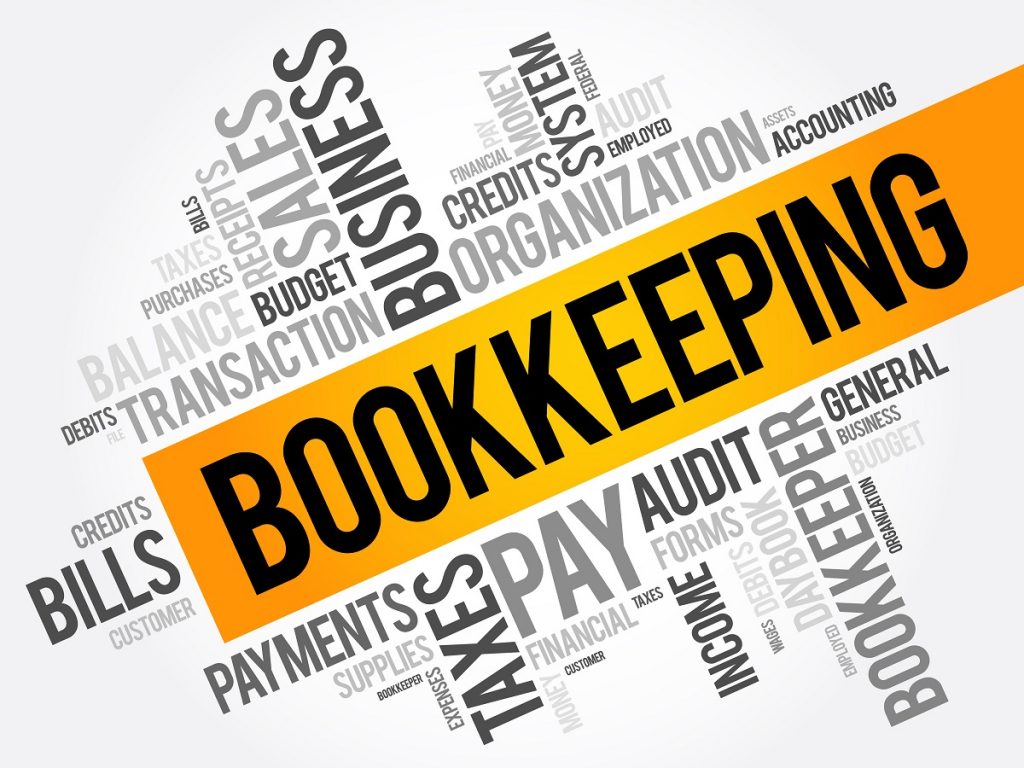When you’re just starting your small business, you’ll often find yourself doing everything. Not only do you have to run your core business, but you also have to fulfill human resources, administrative, and financial tasks.
One of the most important tasks to get used to is bookkeeping. This involves recording and organizing every financial transaction your business makes. Not only will it help you track your company’s performance, but it also keeps you compliant with Los Angeles’ tax regulations. Here are basic bookkeeping practices to get you started:
Open a Business Bank Account
Keeping all your money in your place of business is a huge risk. The best way to store it is in a bank. Apart from protection, banks also offer official and accurate records of how much money you store and take. These statements make it easier for you to show your business earnings and expenses for your taxes. However, you shouldn’t just use your personal account. This is because you could easily confuse personal withdrawals and deposits with ones meant for business.
Regulators like the Internal Revenue Service (IRS) recommends you keep separate accounts for your business. The most important type would be a checking account, as it’s where you’ll store all the cash you gain from your company’s transactions. You can link it to your point of sales (POS) system to accept credit cards. You could also open a savings account to take care of bills payments or keep extra money for emergencies.
Keep an Organized Ledger
While your bank account shows how much money your business receives, it doesn’t truly provide insight into the individual sales and purchases you make. You still need to record them yourself to keep your finances organized. The easiest way to do this is through single-entry bookkeeping.
Single-entry bookkeeping involves keeping your sales, expenses, and balance in one row. You add one row per transaction. For example, you receive payment from a customer, you record the date and transaction type, input how much they paid in the sales column, leave the expenses column blank, and type in your new balance in its row.

The same goes for expenses. Add a new row with the date of the expense and its purpose. Indicate how much you spent in the expenses column, leave sales blank, and type in your latest balance after you withdrew the money.
You can easily create a single-entry ledger on a spreadsheet. Create a column for the transaction type, date, sales, expenses, and current balance, and you’re good to go. If you want everything automated, accounting software like Freshbooks and Quickbooks offer easy-to-use tables that do all the calculations for you.
Keep Track of Your Tax Deadlines
Every company in Los Angeles needs to pay local taxes every year, with the exception of non-profit organizations. Its deadline is on February 28. As for state taxes, the California government’s due dates depend on the type of corporation you have.
For example, if you have a c-corporation, you need to pay on or before the 15th day of the fourth month after you close your tax year. C-corporations also have to pay 21% of their income. If you feel that IRS’ auditors are charging more than they should you’ll need help from an experienced tax attorney. This way, you don’t lose precious cash over unnecessary payments.
Running a small business is anything but easy, especially if you don’t have the capacity to hire an accountant yet. With these bookkeeping basics, you should be able to manage your finances in a simple but organized way. With a complete record of your expenses and a good tax record, you’ll be a few steps closer to having a successful business.

